This cylindrical device suits various air diffuser layouts.
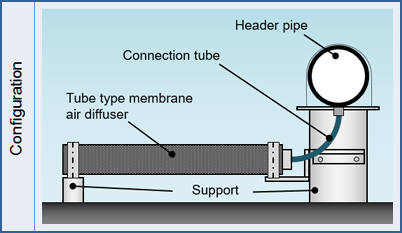
| Element size | Φ93×1000mm |
|---|---|
| Bubbling area | 930cm2 |
| Aeration volume | 40~400L/min/membrane |
| Membrane | EPDM |
| Support | SUS304 or SS400(Painted) |
| Connection tube | SUS304 |
| Header pipe | FRP |
In the case of HMD-T10S standard element.
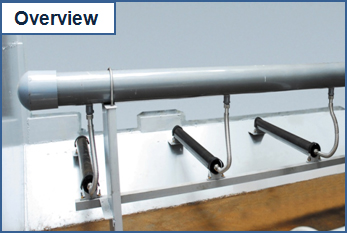
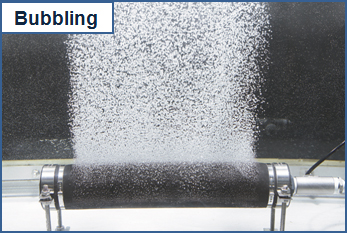
| Pressure loss | Ceramic plate | Tube membrane |
|---|---|---|
| Initial | Approx. 2kPa | Approx. 4kPa |
| Aging | Max. 8kPa | Max. 3kPa |
| Total | Max. 10kPa > Max. 7kPa | |
Comparison of pressure loss
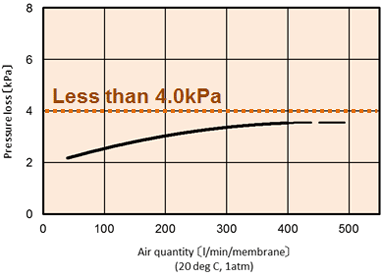
Change of pressure loss
(In the case of HMD-T10S standard element.)
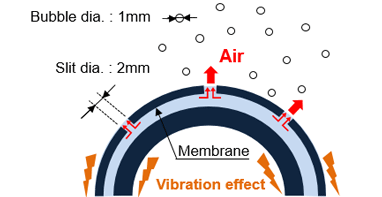
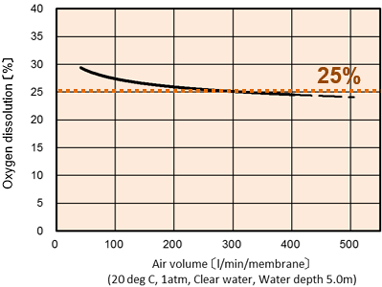
Change of Oxygen Dissolution
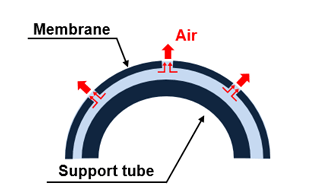
Air passes only through the slits (2mm).
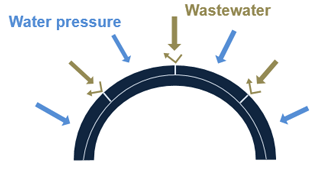
Membrane adheres to the support tube by water pressure.
→Adverse tide is prevented.

Regular aerobic tank
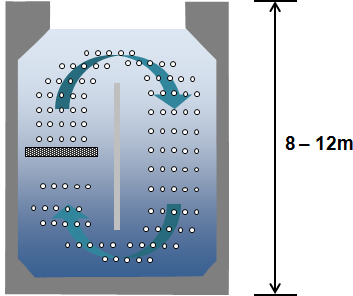
Deep aerobic tank
| Applications | Number of installation sites | Total number of membranes |
|---|---|---|
| Sewage treatment | 11 | 8,297 |
| MBR* | 1 | 128 |
| For rural communities | 14 | 532 |
| Septic tanks | 1 | 100 |
| Sludge carbonization | 1 | 152 |
Many installations have been completed in Japan.